- Etiquette in Soo Bahk Do Pt.1 Connecting with others and culture - A Series by Steven Lemner, Sa Bom Nim, Chil Dan # 23703
- Etiquette in Soo Bahk Do Pt. 2 Connecting with others and culture - A Series by Steven Lemner, Sa Bom Nim, Chil Dan # 23703
- Etiquette in Soo Bahk Do Pt. 3 “The Dojang, the opening ceremony“- A Series by Steven Lemner, Sa Bom Nim, Chil Dan # 23703
- Etiquette in Soo Bahk Do Pt. 4 “Etiquette in action, Students connecting” - A Series by Steven Lemner, Sa Bom Nim, Chil Dan # 23703
- Etiquette in Soo Bahk Do Pt. 5 “Communication Etiquette”- A Series by Steven Lemner, Sa Bom Nim, Chil Dan # 23703
- Etiquette in Soo Bahk Do Pt. 6 “Communication Etiquette”- A Series by Steven Lemner, Sa Bom Nim, Chil Dan # 23703
- Etiquette in Soo Bahk Do Pt. 7 “Personal Etiquette “- A Series by Steven Lemner, Sa Bom Nim, Chil Dan # 23703
Etiquette in Soo Bahk Do Pt.1 Connecting with others and culture

By Steven Lemner 





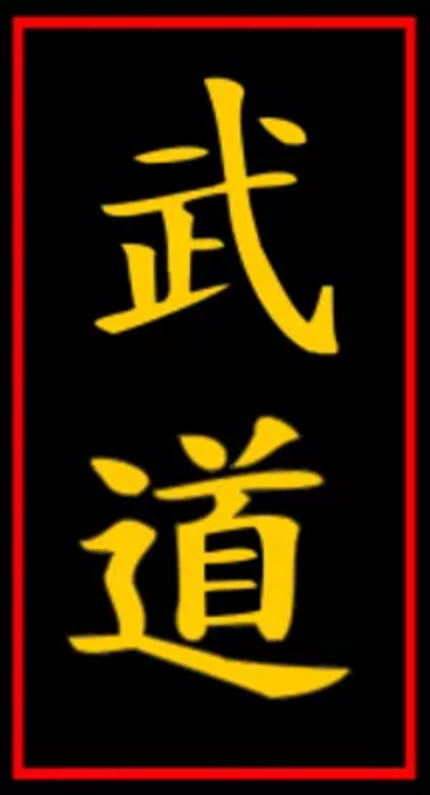
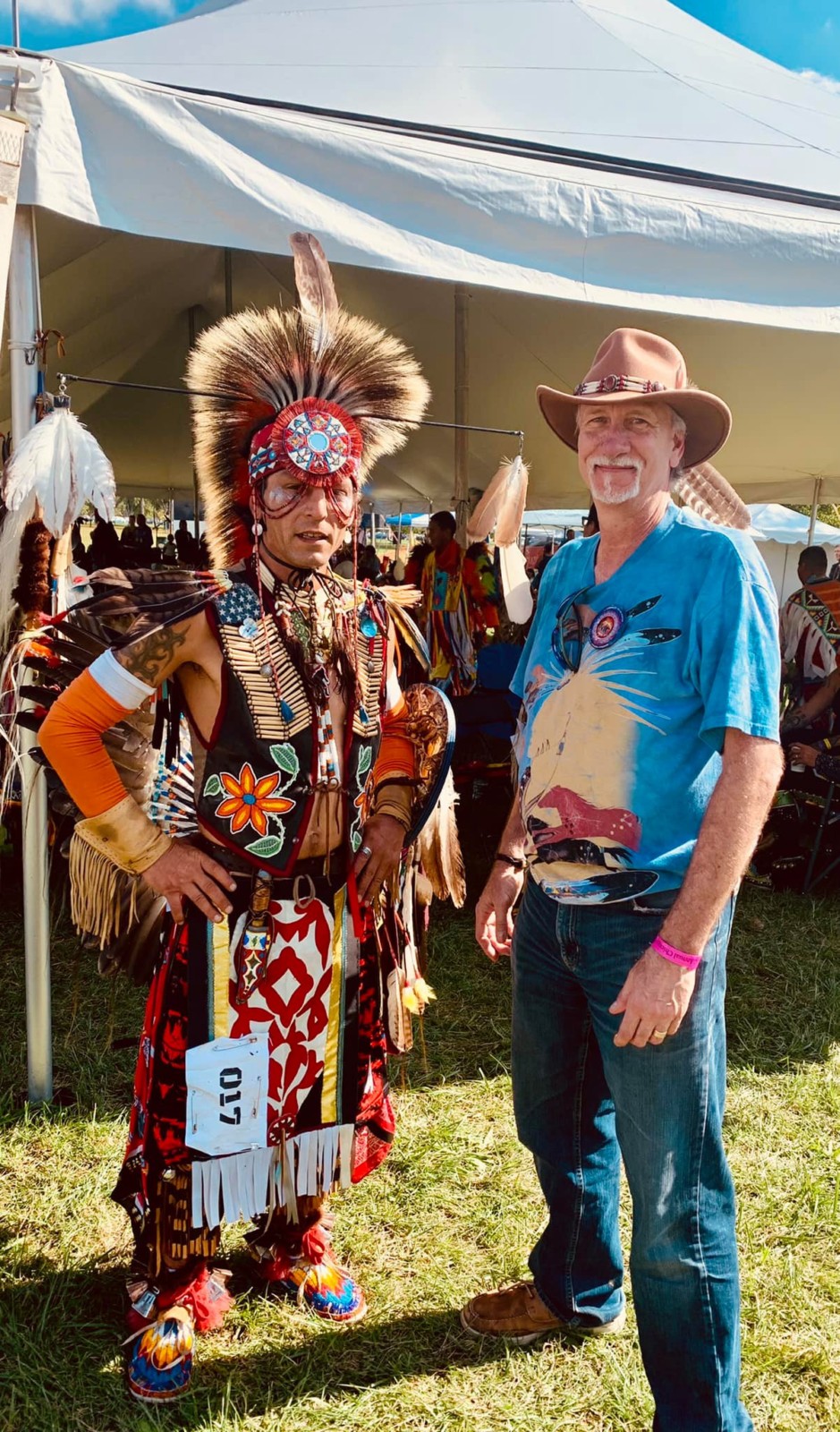
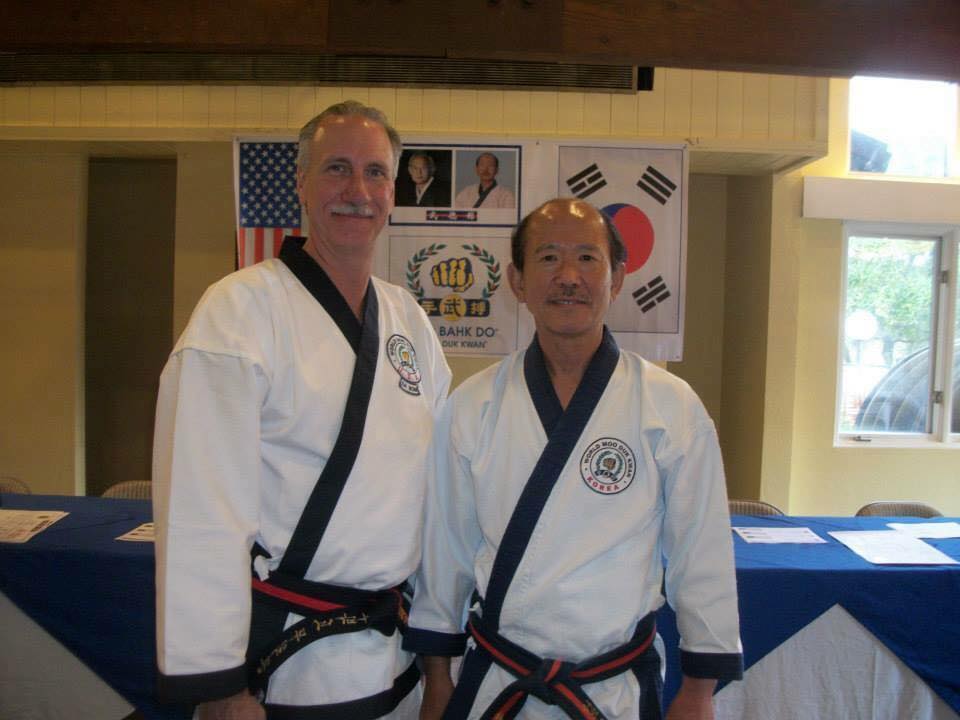

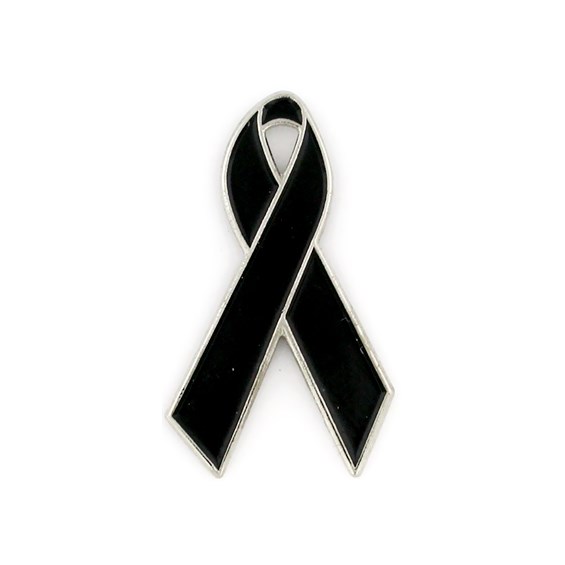
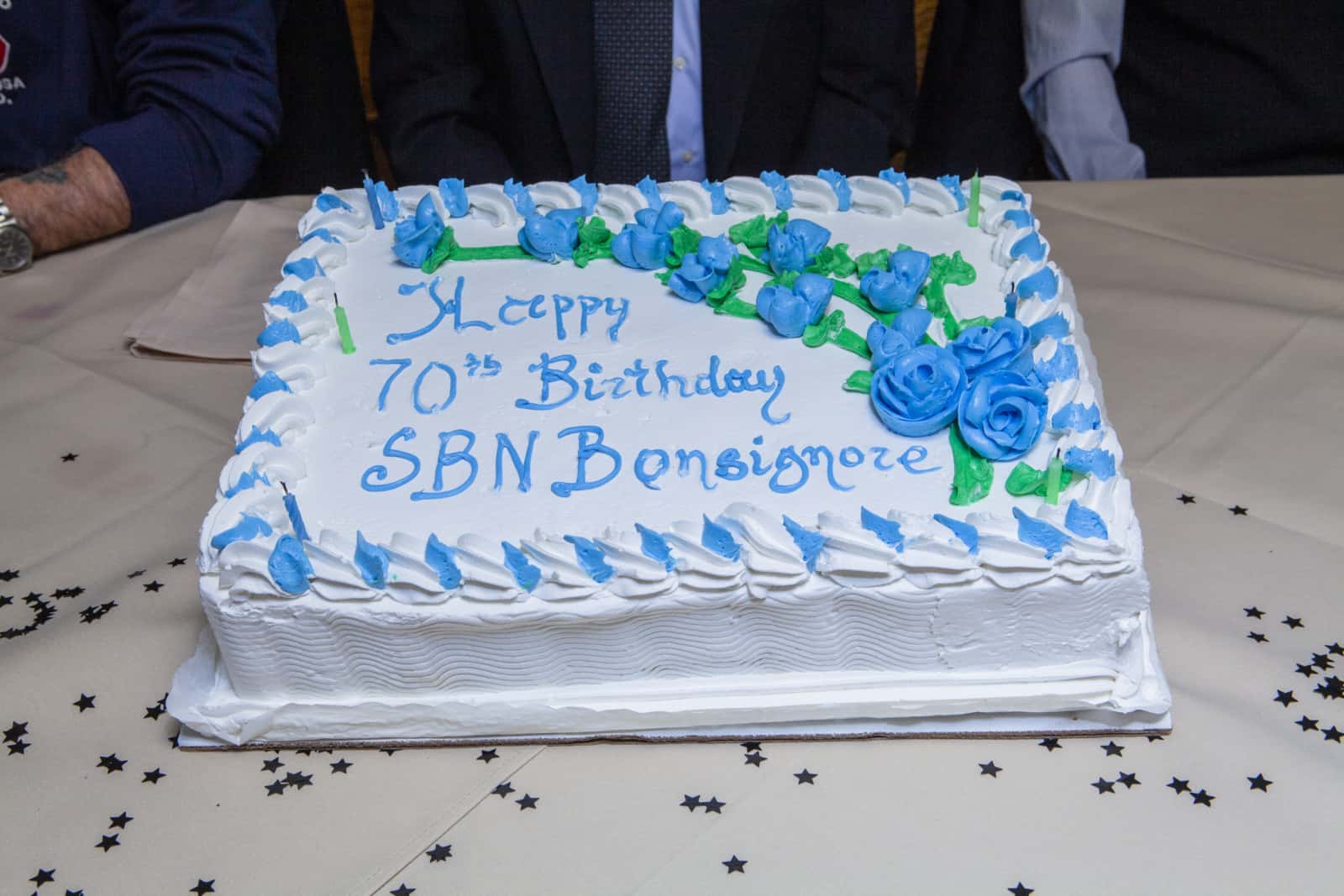
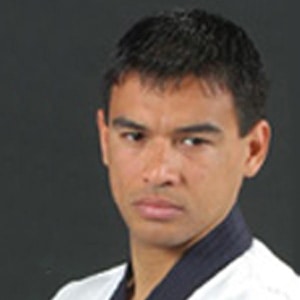
Thank you Sa Bom Nim Lemner.
Thank you Kwan Jang Nim and Founder Hwang Kee, and Kwan Jang Nim Hwang for the art of Soo Bahk Do.